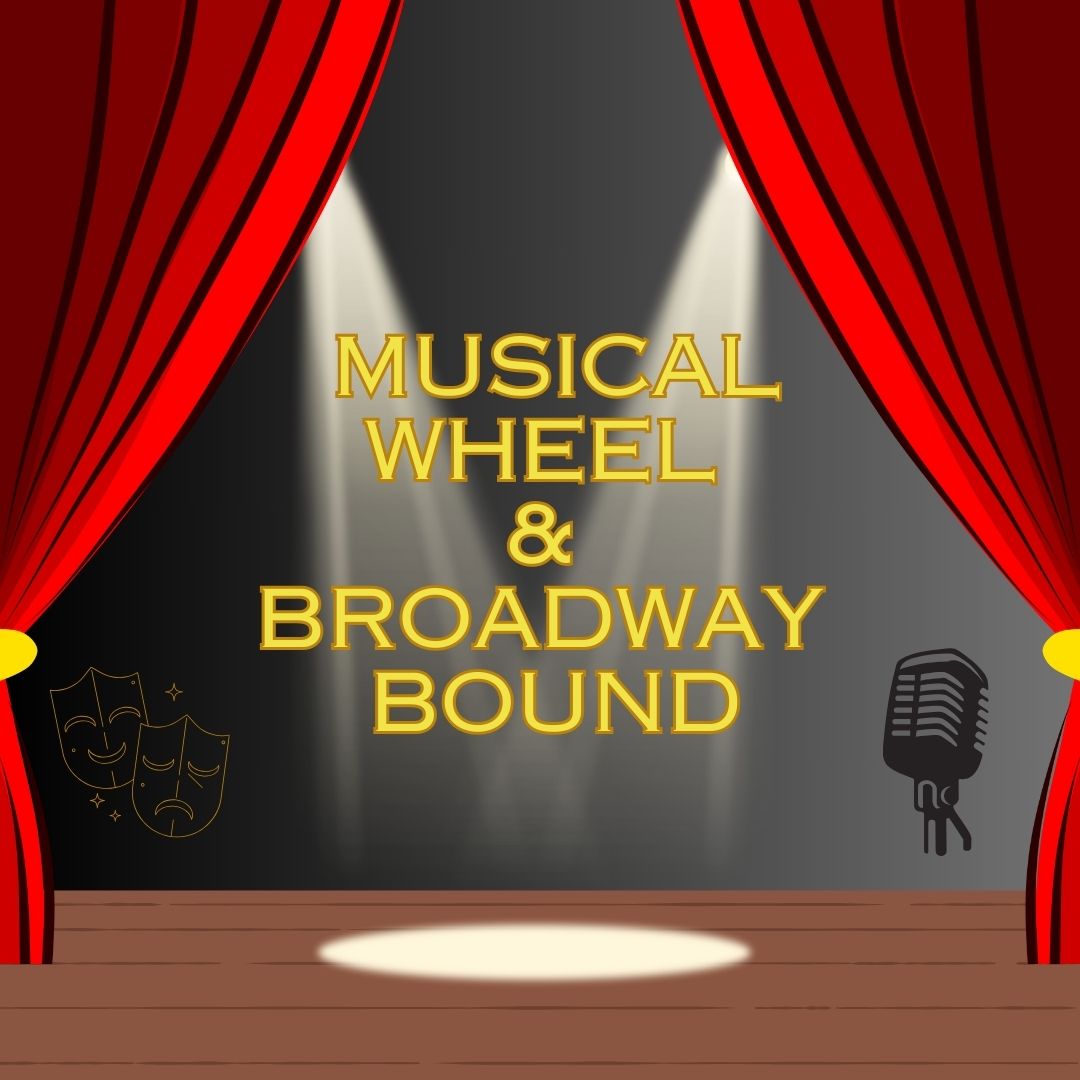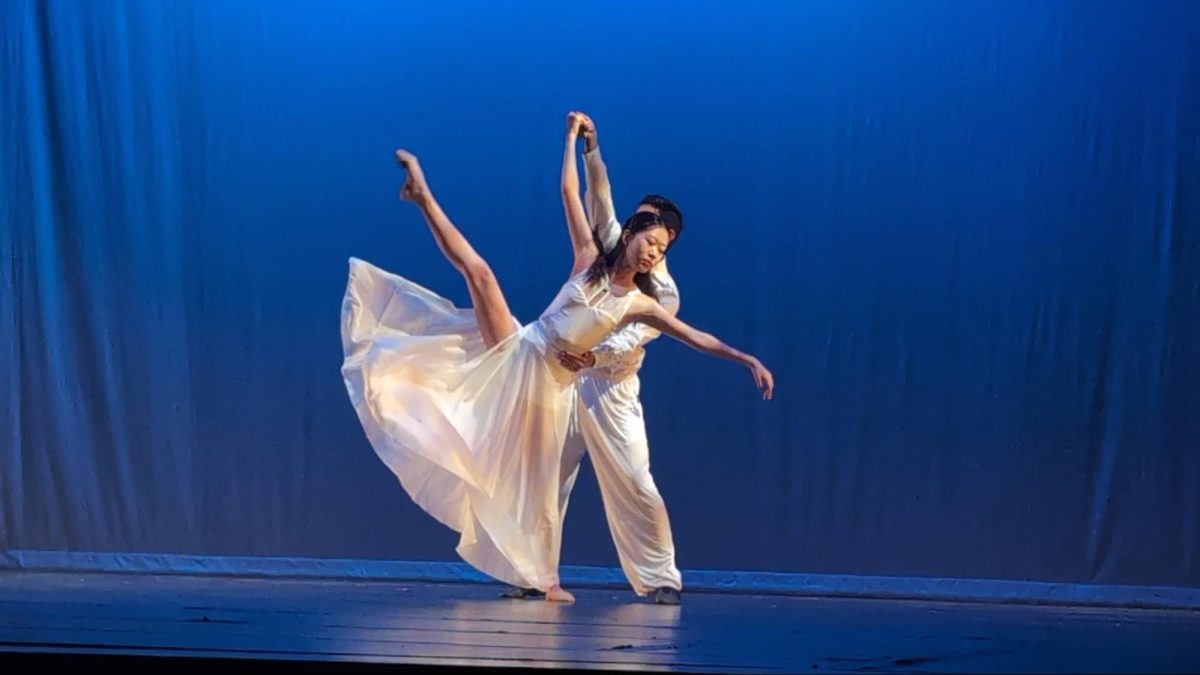By MADELEINE CHOU
Staff Writer

As someone who has never been to the British Isles before, my first experience there (namely my time in Ireland, Scotland, and England) can be summed up with one flower: a daffodil. Or rather, a flood of them. No matter where I go — from the loud and boisterous city of Dublin to the pastoral landscapes of the Lake District — these bright yellow flowers pierce the monotonous gray the Isles are known for. Indeed, William Wordsworth, one of the fathers of British Romanticism, was right: “… the waves beside them [the daffodils] danced, but they out-did the sparkling waves in glee…”
But this is not to say that the only memorable thing in the Isles were daffodils. It is, in fact, quite the opposite. Dublin, Ireland is boisterous and loud, though not because of the amount of people there. Sure, there are plenty of people walking about, but it is by no means (at least in the parts of Dublin I visited) extremely crowded. It is the personalities of these people that makes the city so, dare I say, enjoyably loud. The people there are incredibly friendly, and most are rather outgoing. Whether that is a side effect of all the beer running through the city remains to be seen. And how could anyone talk about Ireland without mention of the sheer amount of redheads? On my first day there alone, I saw more redheads than I’ve ever seen in my life. I also saw more pubs concentrated in one area than I’ve ever seen before. The interesting thing is, though there are so many pubs in Dublin, not a single one looks exactly like another. Each pub has its own unique name and decor… which doesn’t sound at all impressive until you actually see how many pubs there are in Dublin. And, speaking of impressive, the weather is quite something. Here in Southern California, the weather is usually sunny and quite nice. In Dublin? One moment it’s nice and crisp (sweater weather) and the next it’s dark clouds and “I regret not bringing an umbrella.” After five minutes under that deluge, I looked like a cat thrown in a bathtub: annoyed and very, very wet.
Well, the good news is that, though the weather was unpredictable, it was also unpredictably good in Scotland and England. Nary a drop of rain, as they say. However, it was still very cold in Scotland and more specifically, Edinburgh. Now before I go any further I would like to clarify that Edinburgh’s “burgh” is not pronounced the same way we pronounce the first syllable of “burger”. It is pronounced “bruh” like “Bruh, I got super embarrassed when a lady in the London Tube corrected me.” At least she was nice about it. As for the city itself (the sights and smells and so on), it is divided into two parts. One, where my hotel was, was where all the nobles and rich merchants used to live. The streets and sidewalks are broad, the buildings stately, and the gardens wonderful to look at. The second part, which used to house the slums of the city, has much narrower streets that twist and turn across small courtyards and main streets. Apparently, back in the day, these narrow streets used to be hot spots for kidnappings and murders as well as the perfecting hunting grounds for body snatchers: murderers who sell their victims’ corpses to doctors for dissections. The things people do for money and science. Which brings me to an interesting museum I found in Edinburgh: the Surgeon’s Hall Museums which houses the Wohl Pathology Museum, the Museum of Dentistry, and the History of Surgery Museum. If anyone is interested in miscellaneous and deformed body parts in jars and on racks, I would recommend going to these museums. It is truly a special museum. But, aside from the creepy parts of the city, there is also Edinburgh Castle. It’s situated at the top of what is essentially a cliff and overlooks all of the city. Like many castles, it’s majestic and (guess what?) cold, which makes you go numb in a variety of ways — which might just be the Southern Californian in me speaking. Not to worry though, for there are as many shops selling lamb wool scarves around Edinburgh Castle as there are redheads in Dublin. These scarves showcase traditional Scottish plaid. Red and green plaid, blue and pink plaid, gray and yellow plaid, and all sorts of other combinations. Ah, so Scottish. But you know what’s even more Scottish? Kilts… and bagpipes of course. All of which are sold in these stores. As I went down my merry way down the street that leads up to the castle, I noticed an inordinate amount of kilts and (the tourist in me was very pleased with this), a Scottish man in a piper’s uniform playing the bagpipes. If he was going commando in the kilt as tradition dictates, everything I wanted to see in Scotland was completed right then.

So on this happy note, I made my way to the Lake District, a gorgeous part of England covered in long grasses and sheep. And boy were they adorable. Some had white faces, some had black, but all of them sported the fluffiest coats of wool I have ever seen. If I still had jet lag up to this point in my trip, I wouldn’t have minded counting sheep all night. But, besides the sheep, the Lake District is also known for its poets most notably William Wordsworth, Samuel Taylor Coleridge and Robert Southey. This isn’t all that much of a surprise as the Lake District is so picturesque that there really is too much to write about. I, however, only stayed for a night there and soon went to London.
I, of course, did most, if not all, of the touristy things one should do in London. I went to Big Ben and Westminster Abbey, took a picture of a red telephone booth, watched and recorded the changing of the guards at Buckingham Palace and so on. Buckingham Palace, by the way, has a beautiful park, St. James’s Park, right next to it. It has a garden of tulips and a small pond with trees drooping their branches over it and the park’s paths. These features are all quite nice, but what made the park memorable was the variety of birds that lives there. Not only were there the standard, mildly vicious geese and the pigeon flocks, but also were pelicans there. Pelicans! Apparently they were brought there in 1664 as a gift from a Russian ambassador. And remember the pair of Egyptian geese that wanders around our campus? Well, there were Egyptian geese in St. James’s Park as well, complete with a couple of goslings by their sides. It’s amazing how these geese show up in the oddest places. But enough about the miracles of waterfowl. I want to write about the London Tube or the London Underground — whatever you wish to call it. It’s no secret that Irvine doesn’t have the greatest public transportation service, which only served to make me even more amazed at the efficiency of the Tube. I have never waited more than five minutes for a train during my stay there and these trains brought me everywhere I wanted to be. Going to the Tate Modern and the Globe? No problem, just get off at Southwark on the Jubilee Line. Going to Piccadilly Circus? There’s a station with that as its name. Speaking of which, I was a bit disappointed when I arrived at Piccadilly Circus and found that it was not in fact a circus; it’s just a roundabout and a fountain with a statue of Eros on top. There are, however, many things to look at and buy there. There is the Ripley’s Believe It or Not attraction and a wonderful candy shop where I decided to buy a biscuit tin with the Queen’s portrait on it. The tourist in me felt obligated to do so. I also felt obligated to sit down for high tea or afternoon tea. If anyone’s ever read the play The Importance of Being Earnest and the cucumber sandwiches that Algernon Moncrieff eats but wasn’t supposed to eat, do understand that cucumber sandwiches are insanely good. I for one do not blame Algernon for eating all of them as I too wanted to do the same. English scones are also very good and not very similar to the ones we have here. They are softer and taste much more similar to the biscuits we have here in the States. Paired with Cornish cream and strawberry jelly (British for “jam”), they taste absolutely divine with tea. Fun fact: it doesn’t matter in which order you put cream or jelly on your scone, but if you do ever meet someone from Cornwall he or she will insist that the cream goes on first. But that’s only because Cornish cream is from Cornwall, I suppose.
While high tea was certainly one of the best food moments in England (which isn’t saying much at all), the most impressive architecture moment was going to St. Paul’s Cathedral. The cathedral seen today is not its original form. Its original was, sadly, burnt down in the Great Fire of London. But like the phoenix that rises out of its own ashes, the city of London along with this cathedral was reborn this time as a massive white-domed structure. The inside is simple but elegant with white columns and black and white tiled flooring. The ceiling, however, is adorned with mosaics and paintings as well as a piece of modern art created by Bill Viola, an artist from Southern California. St. Paul’s Cathedral does indeed encompass the past and the present with its art and structure reminiscent of times long past.
Perhaps the most striking and most beautiful part of the British Isles is how well the old mixes with the new. Amidst the old churches and cobblestone paths are towering skyscrapers of steel and glass, yet nothing feels out of place. They work as a whole into cities and landscapes almost seamlessly and so charmingly. As charming as, I would say, the accents. Accents that I could barely understand, but that’s not the point. Seeing new sights and meeting new people, that’s part of what vacation is all about.
Walking Down the Isle
April 19, 2017
Story continues below advertisement
Donate to Sword & Shield
$180
$1000
Contributed
Our Goal
Your donation will support the student journalists of University High School. Your contribution will allow us to purchase equipment and cover our annual website hosting costs.








